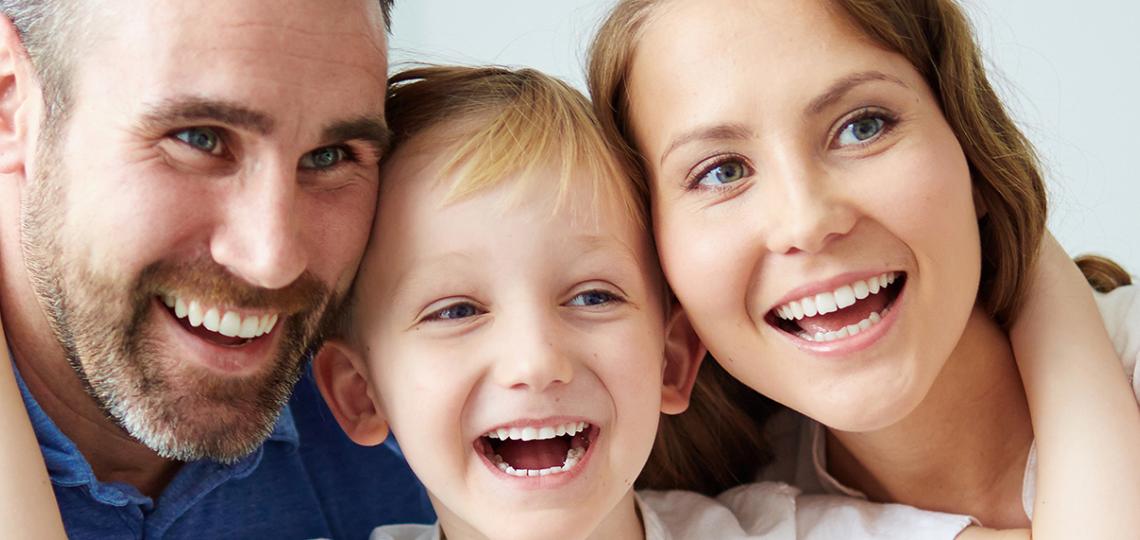Over the last two weeks, you…
- Learned what anxiety is. Remember, anxiety is a normal emotion everyone has to keep us safe. LUNA will help you feel less anxiety in situations that are not dangerous.
- Learned about the three parts of anxiety- including the physical part (for example, heart beating fast or sweating), anxious thoughts (expecting bad things to happen), and behavior (avoiding situations that make you afraid).
- You also set your own goals for the program and rewards for achieving those goals!
This week you will learn more about avoidance and why avoiding things that make you anxious will not help you overcome your anxiety. You will also learn about behaviors that we call “fix its" which can also get in the way of you overcoming your fears.
The Behavior Aspect of the CBT Triangle- The Avoidance Cycle
Last week, you learned how to identify anxiety and other emotions by noticing how your body feels and by paying attention to your thoughts and behaviors. When we are anxious, we have more control over our behaviors and what we choose to do compared to our feelings or thoughts. Because of this, it may be helpful for us to focus a little more on the connection between your anxiety and your behaviors.
Usually, when we are anxious about something, it is natural for us to avoid it, but avoidance may not always help us in the long run. Sometimes, avoidance can lead us into a cycle that makes our anxiety worse over time.
Watch the video below to learn more about the avoidance cycle.
As you can see, it is important to work on overcoming our avoidance cycles by recognizing and changing the ways we behave when we are anxious. This is exactly what we will be focusing on in the LUNA program.
When we avoid our anxieties over and over again, we are not able to learn anything new about them. This can make our fears stronger overtime. Avoiding our fears and worries means we don’t get the chance to see that what we are afraid of might not really happen. We also don’t get to see that even if something bad does happen, everything might still be okay!
To get more familiar with avoidance, take a look at the list of common avoidance behaviors below, or view the PDF version.
Common Avoidance Behaviors:
- Not talking or interacting with others
- Canceling plans with others or missing events
- Procrastinating on things you need to do like assignments or chores because of anxiety
- Refusing to do things or put yourself in certain situations because of anxiety
- Isolating yourself by staying in your room or by not leaving the house
- Distracting yourself from things that make you anxious
Then, take a look at some more Avoidance Cycle examples!








